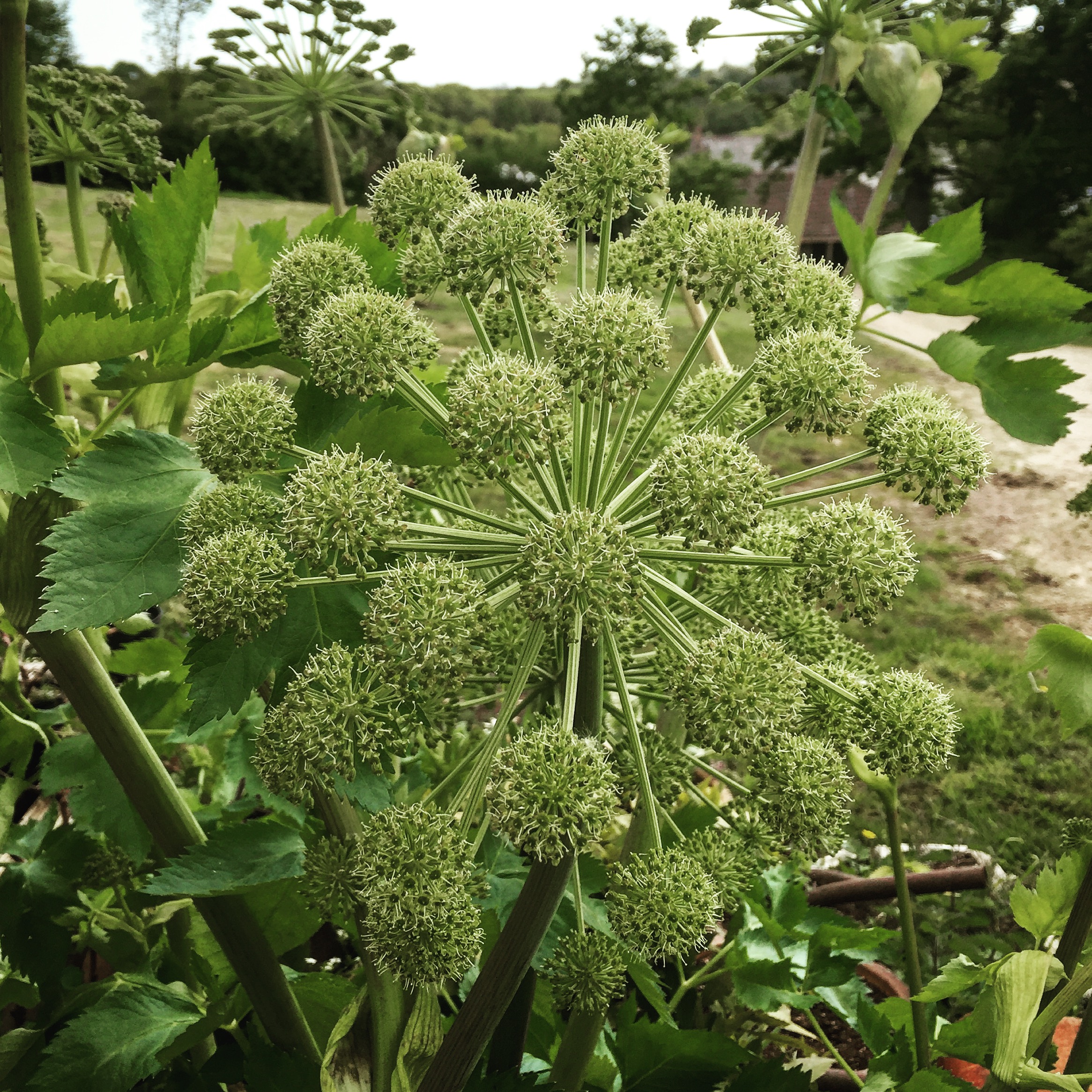Culinary Herbs
Herbs are the catalyst for delicious food. They freshen up heavy winter dishes and enhance delicate summer flavour, and with very little effort they can transform something ordinary into something really special. Fortunately, most are easy to grow, responding well to a wide range of growing conditions. Everybody has the space to grow at least a little of their own food, and herbs are the best place to start.
Culinary herbs are usually divided into two categories - soft herbs and woody herbs. Soft herbs are normally grown as annuals and are sown and harvested in the same year. Woody herbs are perennial and need to be maintained accordingly. There are plenty of good reasons to grow both types - be creative with variety, there is a huge array of colour, fragrance and flavour waiting to be unleashed into your culinary repertoire.
Most herbs are tolerant of most conditions, so don’t feel limited by what space/soil you have. The general rule is that fertile, free-draining soil will set you in good stead, but thyme for instance, prefers it dry, mint prefers it wet, but both will produce well regardless. Herbs with shallow fibrous roots can also be successfully grown in pots and will grow well without full sun.
Good garden centres or specialist nurseries will have herbs for sale in pots but most (especially soft herbs) are easily grown from seed and this is the most economical way to produce herbs all year round. Avoid buying the supermarket potted herbs as, put simply, they are a waste of money if you intend to keep them beyond one picking. They are sold as a sustainable way of growing herbs, but most facilitate the waste of a plastic pot and not much else. Seed is cheap, so successionally sow basil, parsley, coriander, chervil and fennel throughout the year instead. The plants you sow and grow yourself will be better suited to growing in your garden than those grown under strict conditions for supermarkets.
Growing herbs as companion plants has many benefits. Thyme for instance, is a fantastic pollinator once it has flowered, so including a few plants in the nooks and crannies of the garden will help encourage beneficial insects. Nasturtiums are a fantastic addition to any herb garden. With delicious leaves, flowers and pods, they should be grown as a crop as well as a useful companion plant. Different varieties have different growing habits - some climb and sprawl, which offers a cascade effect over the edge of a raised bed or rambling up a wall or fence, and some grow more like a bush, which I use as a standalone plant in a bee border. The flavour, being very closely related, is much like watercress and adds a fiery kick to salads. In the latter part of the season, harvest the nasturtium pods, brine then pickle them to preserve a remarkably similar flavour to that of true capers. They are easy to weed out and self-sow with gusto, so you will likely only need to purchase seed once.
Coriander is the herb that people struggle with - “it always bolts!”. Avoid growing coriander in the hottest months of the summer; sown in the early spring or autumn undercover will mean it crops during the cooler months and will help reduce bolting. However, letting coriander run to seed can give delicious rewards - the flowers and seeds, green or dried, are delicious in the kitchen. Coriander over-winters well in a polytunnel or greenhouse too.
Perennial herbs are simple to grow but easy to mismanage. In the first few years of planting, pick sparingly, as herbs like rosemary, sage and tarragon need some time to get established and suffer if heavily picked. If your herb plant is looking tired or overworked, you can cut it back hard which can rejuvenate new growth. If that fails, don’t be afraid to cut your losses and start again with a new specimen. Perennial herbs appreciate a mulch in the winter months to replenish nutrients and suppress weeds.
Some interesting herbs to try:
Angelica
Anise hyssop - a hardy perennial, sweet minty aniseed flavour, good substitute for tarragon and goes well with seafood.
Summer savory - a hardy annual, peppery and aromatic, use like thyme.
Lemon verbena - a half hardy perennial, very fragrant lemon sherbet aroma, great in tea or infused in a stock syrup to be used in ice cream or sorbets.
Angelica - a hardy biennial, juniper-like flavour, candy the stems to accompany cooked fruit.
Sweet cicely - a hardy perennial, delicate aniseed flavour rather like chervil, with beautiful flowers.
Perilla - a half hardy annual, beautiful purple jagged leaves, sweetly pungent with a mild cumin flavour, grow for a splash of colour in the herb garden.
This post originally appeared as an article in the June 2019 edition of the Bridport Times , which can be read in its entirety online at www.bridporttimes.co.uk.

